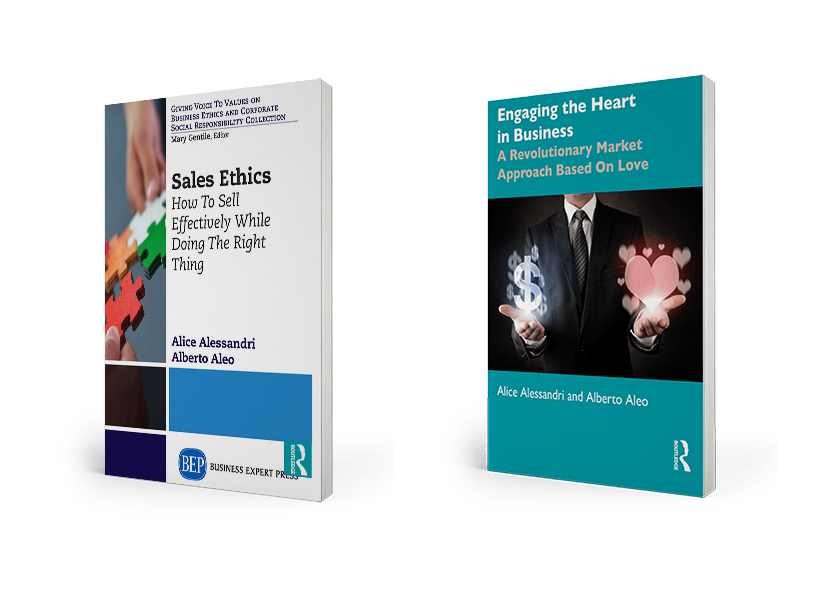by Alberto Aleo
How would you define your style? What is the thread that consistently runs through the choices you make as a consumer and to what “category” of buyer do you feel you belong? It is unlikely that many of you have a ready answer to these questions; rather, most of you would probably respond with a proud: “I am myself, and you won’t be able to label me that easily!”
It is, in fact, quite tricky to cluster the behaviour of post-modern consumers according to the classic segmentation so necessary for marketing analysts and corporate strategists.
We have been labelled Generation X (Jane Deverson) and our tastes have been defined as Metatrends (Francesco Morace), because those of us born between the ’70s and’ 90s have ‘evolved’ continuously changing tastes, habits and ways of thinking. How can we be sold something? What arguments will be convincing and what features should be highlighted when designing a new product?
The ‘old’ marketing studies, that still hold for the B2B markets (see our earlier article), envisaged the analysis of all the ‘exterior’ characteristics of the client through indicators that could reveal their purchasing potential. Like saying ‘if customer A possesses characteristics X and Y, we should offer product C or D’.
The impossibility of applying this classical method of segmentation to the consumer markets (i.e. those in which the client is not a company but an ordinary citizen) has led to the belief that the era of market is over.
I have frequently heard people saying ‘Contemporary business gurus don’t study the market but anticipate it. Otherwise, how would Steve Jobs have invented the Ipad?” But there is nothing new in the need to anticipate the market, without settling for a ‘follower’ strategy; this has been a wise approach since the dawn of capitalism and in no way negates the need to study consumers. Indeed, many years ago Henry Ford declared ‘If I had asked people what they wanted, they would have said faster horses.’ Thus, the question is:
How did Ford and Jobs understand what to produce with no indication from the customer?
To answer this, we need to analyze consumers’ purchasing reasons by dividing them into at least three categories: expressed and unexpressed needs, and motivations. The first two categories (which differ only because they indicate the presence or lack of awareness) refer to what customers want to buy, the third to why they buy.
What we must try to understand about the final consumer is not so much WHAT she/he buys, but WHY she/he does so: what deeper reasons influence the choice?
The answers to ‘why’ are connected to a person’s values and identity and therefore tend to be more stable over time compared simply to needs that are subject to changes in taste and mood. The good news is that the motivations for buying are not infinite indeed we believe they can be grouped into 10 categories:
1. Utility and comfort (convenience, simplicity of use);
2. Security (risks reduced to a minimum);
3. Saving or earning money, bargains, supply, affordability;
4. Innovation (staying up-to-date, getting the latest, exclusivity);
5. Status and prestige conferred by the purchase (pride, recognition, popularity, praise);
6. Esteem: feeling of belonging to a group, being accepted and respected;
7. Friendliness and friendship: affection, bond with the seller, personalization of the relationship;
8. Speed: use, response, deliveries, supply…;
9. Health, well-being and fitness;
10. Personal growth: increase of knowledge, development of personal performance.
Segment your potential customers based not just on their needs, but based on their motivation; this will help you define a more effective marketing strategy.
Going back to Steve Jobs and the Ipad: try to analyze the reasons that lead a consumer to buy it. Certainly, ease of use will figure among these, as well as increase in personal performance, innovation and status. The same motivations, with little variation, lead to the purchase of any other product in the Apple range. I imagine that the legendary Steve asked himself, ‘Why do consumers buy an Apple product today?’ And then, ‘What more could we still sell them to support these motivations, while also innovating?’ Have fun doing this yourself and hopefully you will come up with some unusual inventions.
| partem claram semper aspice |
The photos used - where not owned by the editorial team or our guests - are purchased on Adobe Stock and IStockPhoto or downloaded from platforms such as UnSplash or Pexels.
Did you like this post and want to learn more about the topics?
Passodue research on issues related to sales, marketing, ethics and the centrality of human beings within the market logic, officially started in 2012. The results derived from our work are described in the publications and in the books you can find in this section.





This Post Has 0 Comments